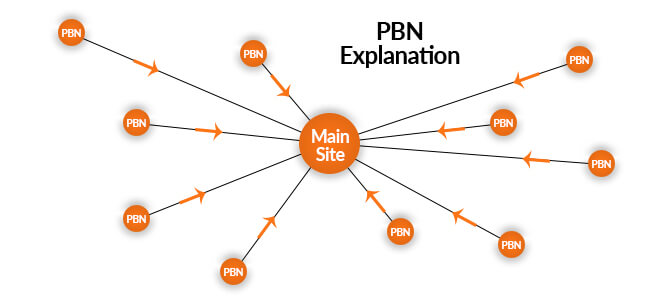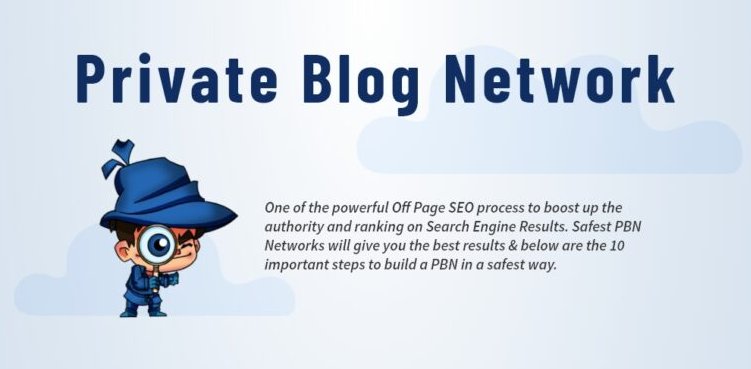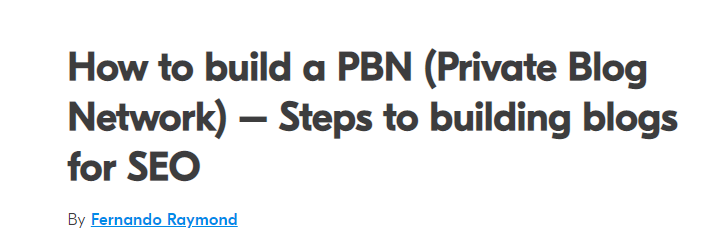All Categories
Featured
Table of Contents
- – What Is The Top Semantic Tagging For Seo Servi...
- – What Is The Top Seo For Semantic Search
- – Who Is The Most Reliable Semantic Search Stra...
- – Top Seo With Semantic Search Store Near Me
- – What Is The Most Effective Seo For Semantic ...
- – Top-Rated Semantic Seo Framework To Buy
- – Who Is The Most Reliable Semantic Seo Framew...
This is due to the fact that search engines have progressed and are relocating extra and extra towards checking out web content on the internet. Of course, that has additionally altered the method we develop material, particularly if we desire to rank much better in the search engines.
, the leader of the Net, mentioned to stand for the idea that all things in deep space are deeply interconnected. Intertwingularity is not generally acknowledged, individuals maintain pretending they can make points deeply hierarchical, categorizable and sequential when they can not. Every little thing is deeply intertwingled. Based on the partnerships between search intents, the online search engine prefers a material in positioning by computing the distance in between the vectors of significance.
It enables you to see, beginning with a subject, all the entities that belong to that topic. In this manner you can plainly see which entities/concepts/ideas have actually already been covered on your site, and you can discover new opportunities by recognizing what material you can include and just how to develop it.
What Is The Top Semantic Tagging For Seo Service?
It has the ability to make your content understandable for internet search engine on the one hand and for your target market on the other. Structuring your material model highlights your web content and its underlying relationships to ensure that search engines can acknowledge you amongst thousands of pieces of information, making you extra visible to customers who meet the search intent pertaining to your business.
In semantic SEO copywriting, an editor begins with a broader range of subjects and customizes the material to consist of semantically appropriate terms and phrases that assist visitors recognize a subject, similar to reviewing web content in a wiki. From a content creating viewpoint, one functional method to do this is to create a vocabulary of terms and inquiries surrounding your target subject.
What Is The Top Seo For Semantic Search
Discover more regarding by seeing the by!.

Semantic search refers to the procedure of just how search engines understand and match search phrases to a searcher's intent in organic search results page. Before semantic search, search engines like Google ran like matchmakersaligning particular words in your query with those specific words on websites. The results were straightforward however usually lacked depth.
Who Is The Most Reliable Semantic Search Strategies Service
It enables Google to supply quick, accurate responses to search questions about real-world subjects. When you type a query word right into Google, you're not just going into a series of words. You tap into an intricate web of definitions and links. Google's Understanding Chart sees these words as entities with context and relationships.
When you look for "Apple," Google does not just see a word that explains a fruit. It identifies Apple as a firm and can supply related details. Like the name of its chief executive officer, Tim Cook, or its latest stock rates. Google introduced the Hummingbird update in 2013. It was Google's solution to the rise of voice searches, where queries became extra conversational and nuanced.
Top Seo With Semantic Search Store Near Me
By integrating NLP, Hummingbird enabled Google to relocate past simple keyword matching. It assisted the search engine comprehend search intent, raising the chances that results would properly match the factor behind a user's search.
RankBrain is an artificial intelligence system that helps Google translate inquiries it hasn't seen prior to. It can make assumptions concerning words and phrases it does not identify and filter results as necessary. Making it a lot more effective at dealing with never-before-seen search questions. RankBrain thinks about even more than just keywords when evaluating a search query.
So it fetches outcomes that match the key phrases and line up with the total intent of offering pup training suggestions. And if the individual frequently browses for dog-related content, Google might focus on more in-depth training guidesrecognizing the individual's continuous rate of interest in the subject. Integrating technologies like the Expertise Graph, Hummingbird, and RankBrain, semantic search aids the Google algorithm analyze and connect data throughout a vast internet of details.
What Is The Most Effective Seo For Semantic Search On The Market Now
The emphasis shifts from keyword selection to an all natural technique incorporating customer intent, topical relevance, and overall customer experience. Producing content that addresses the searcher's requirements with thorough info can boost your SERP rankings.
A broader approach to content aligns much better with semantic search's shift away from specific keyword matching and toward user intent. Web content that covers search questions more completely not just pleases customers.
And five times more than websites that take 10 seconds to load. While technological search engine optimization makes certain optimal website performance and availability, focusing on customer experience (UX) takes it an action additionally. UX intends to create an aesthetically attractive, straightforward user interface with appealing, high quality web content that encourages visitors to remain. Semantic search innovation allows online search engine to go for outcomes that provide the most effective possible UX.
Top-Rated Semantic Seo Framework To Buy

All showcase Google's capability to attend to a topic question adequately. By comprehending the context and intent behind user questions, internet search engine can supply much more relevant information and potentially increase user involvement. Customization in search results page creates far better UX.Based on your past search history and choices as a customer, semantic search helps search engines tailor the outcomes to suit your special requirements and rate of interests.
So it brings results that match the key words and line up with the overall intent of supplying puppy training suggestions. And if the customer regularly looks for dog-related content, Google could focus on more in-depth training guidesrecognizing the customer's ongoing passion in the topic. Incorporating modern technologies like the Knowledge Chart, Hummingbird, and RankBrain, semantic search helps the Google formula interpret and connect information across a large internet of information.
Who Is The Most Reliable Semantic Seo Framework Service?
The focus shifts from keyword choice to an all natural method incorporating individual intent, topical relevance, and general customer experience. Creating material that deals with the searcher's demands with comprehensive info can enhance your SERP rankings.

A broader strategy to material aligns much better with semantic search's change away from precise keyword matching and toward user intent. Web content that covers search questions extra extensively not just satisfies users.
And five times greater than sites that take 10 seconds to tons. While technological SEO makes certain optimum site performance and accessibility, focusing on customer experience (UX) takes it a step further. UX intends to produce an aesthetically attractive, user-friendly user interface with appealing, quality web content that encourages site visitors to stay. Semantic search innovation makes it possible for online search engine to go for outcomes that provide the very best possible UX.
All display Google's capacity to resolve a subject query thoroughly. By recognizing the context and intent behind individual questions, search engines can supply extra relevant information and possibly raise user interaction. Customization in search results makes for better UX.Based on your past search history and preferences as a user, semantic search assists internet search engine customize the results to suit your distinct needs and rate of interests.
Table of Contents
- – What Is The Top Semantic Tagging For Seo Servi...
- – What Is The Top Seo For Semantic Search
- – Who Is The Most Reliable Semantic Search Stra...
- – Top Seo With Semantic Search Store Near Me
- – What Is The Most Effective Seo For Semantic ...
- – Top-Rated Semantic Seo Framework To Buy
- – Who Is The Most Reliable Semantic Seo Framew...
Latest Posts
What Is The Most Recommended Implementing Semantic Seo Service For The Money
The Leading Best Semantic Seo Tools?
What Are The Leading Seo For Semantic Search Companies?
More
Latest Posts
What Is The Most Recommended Implementing Semantic Seo Service For The Money
The Leading Best Semantic Seo Tools?
What Are The Leading Seo For Semantic Search Companies?